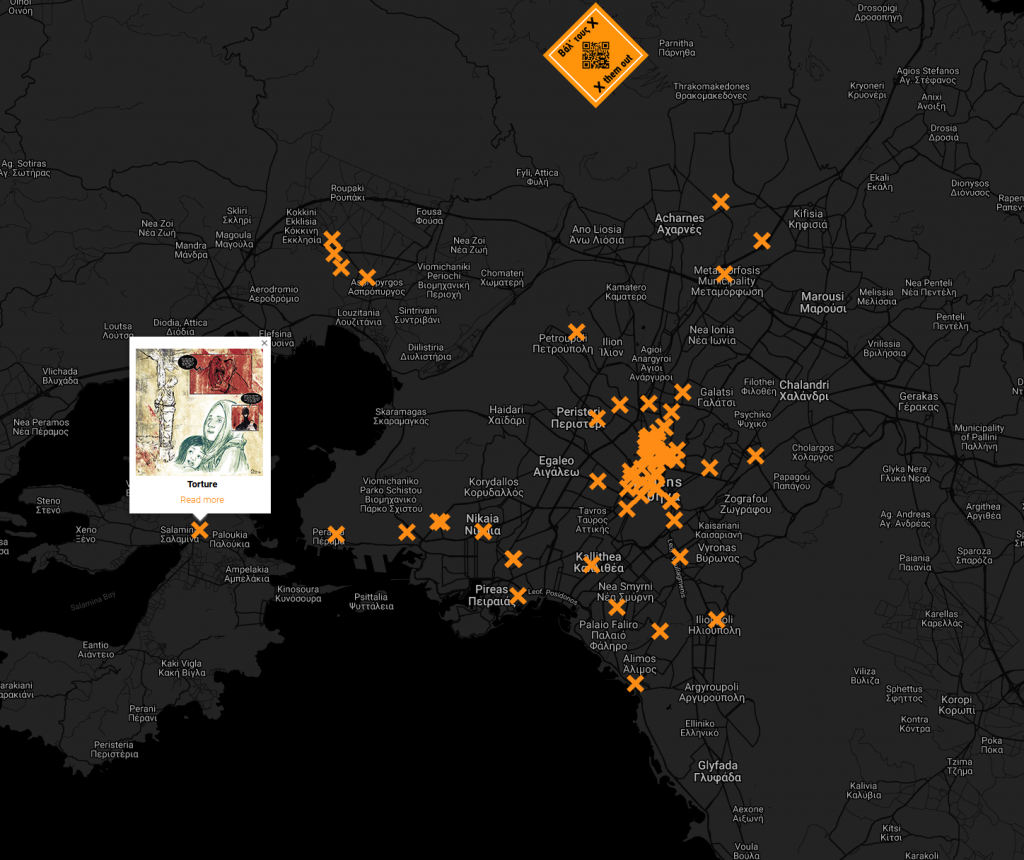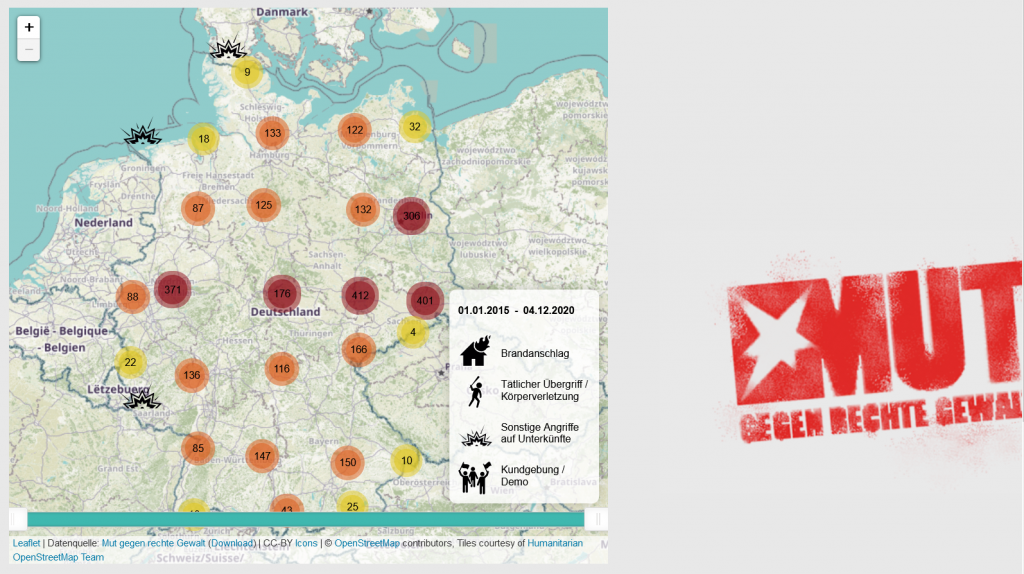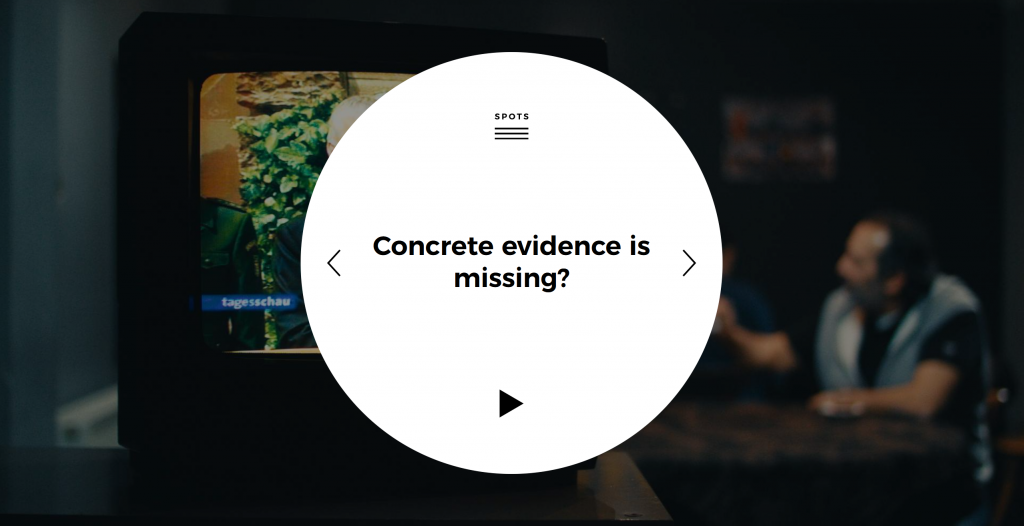Whether it is a film or a TV production, a play, a web documentary, a non-fiction book or a novel, an initiative or an alliance: Doing Memory can take many shapes. The active confrontation with right-wing violence is particularly evident in the considerable commitment of artists and activists.
Map of Doing Memory
This map shows a selection of remembrance practices. Besides episodes from our podcast, it includes hundreds of examples of Doing Memory in Germany. The map is meant to grow. Feel free to share it with your communities, and to embed it on your own websites!
A few notes on the map
It consists of three data levels, or sub-maps. The levels are “Remembering”, “Who remembers”, and “What is the mode of remembrance”? As a standard setting, all levels are activated and, thus, visible. For a more specific overview, you can deactivate the levels you do not wish to focus on currently. To do this, simply deactivate the level in question in the map menu.
Experiences
At the workshop, participants were able to share their practical experiences with Doing Memory projects.
Examples
In memory of them, I read.
A contribution by Esther Dischereit in memory of the arson attack on a shelter for asylum seekers on 19.9.1991, in which Samuel Kofi Yeboah was killed, and in memory of the work of the activists who did not give up.

The Black Map of Athens
“X them out! A black map of Athens” is the motto of this website from Greece, which marks racially motivated attacks on a map. The aim is to make the crime in this area, which is often invisible to the public, visible, to create awareness and to create a topography of racist violence.

Chronicle of anti-refugee incidents
Similar to The Black Map of Athens, this project also presents a chronicle of anti-refugee incidents. It was initiated by Stern magazine and the Amadeu Antonio Foundation Courage against Right-Wing Violence. The map shows arson attacks on (inhabited/ planned/ under construction) asylum shelters or flats of refugees, physical injuries and the number of injured, rallies and other attacks. Noteworthy: Suspected cases of racially motivated incidents can also be viewed on the page.

Web documentary Doing Memory
In this project, Master’s students from the University of Tübingen have dealt with memory of right-wing violence and Doing Memoryin a variety of ways. Contributions address, among other things, theatre performances on the NSU, voices on the NSU murders, remembrance in films as well as arson attacks in Mölln and Stuttgart.

Tribunal Spots
20 artistic short films draw attention to the NSU Tribunal project. The project demands a complete investigation of the NSU crimes and a public denunciation of racism. In the films, the perspective of those affected becomes especially visible.

Initiative Keupstraße is everywhere
After the nail bomb attack of the NSU in Cologne’s Keupstraße in 2004, the initiative still demands the realisation of a memorial and campaigns publicly against racism and supports those affected.

Audio Play Sonnenblumenhaus
The radio play “Sonnenblumenhaus” (Sunflower House) by director Dan Thy Nguyen revisits the racist pogrom in Rostock-Lichtenhagen in 1992 from the perspective of those affected, who were hardly heard for decades. Nevertheless, they do not see themselves as passive victims of the majority in society, politics, culture, media or administration, but set completely new points of reference.